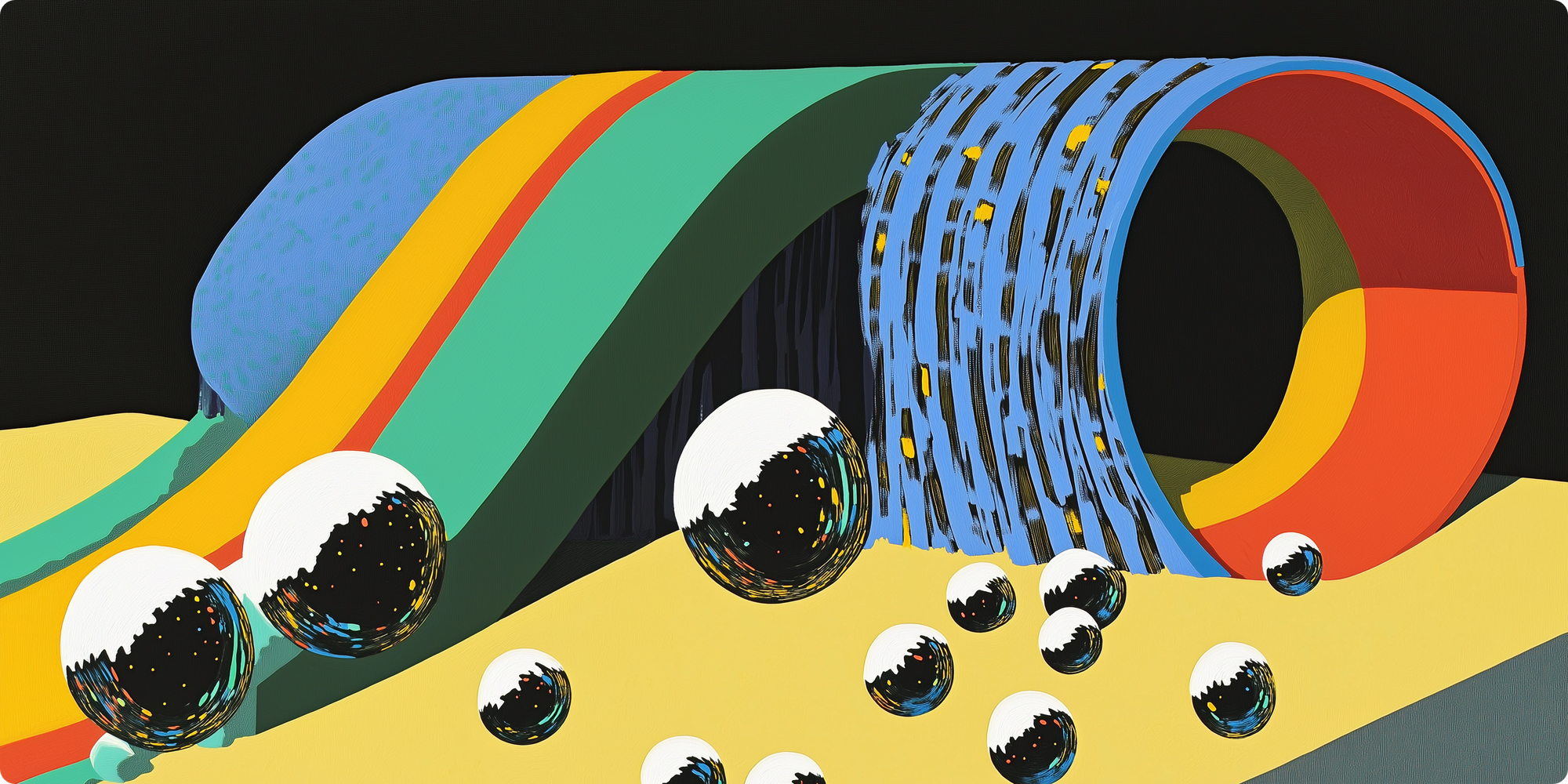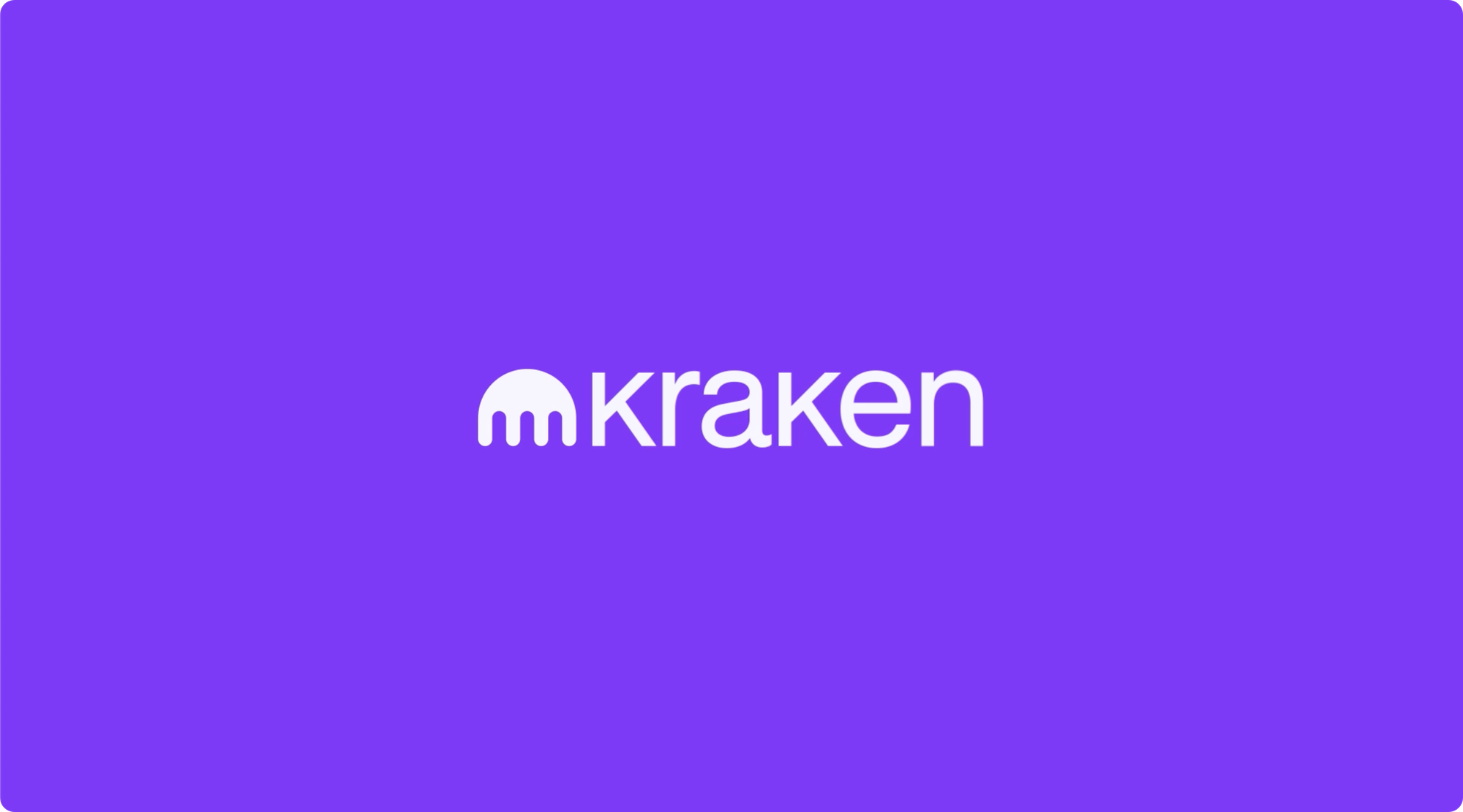Minting on Shape


View in Browser
Sponsor: Kraken — Thanks to Kraken!

- 🌴 Nifty Island taps Solana. The NFT-centric online multiplayer world Nifty Island just unveiled Solana wallet support, paving the way for Solana NFT communities like Mad Lads and DeGods to dive into the gaming platform and the $ISLAND airdrop campaign.
- 🌊 Magic Eden's new feature. The dominant NFT marketplace just rolled out Unified Liquidity, a functionality powered by Relay that allows users to buy Ethereum Virtual Machine (EVM) NFTs with any of the platform's 18 supported EVM currencies.
- 🌉 $BONSAI goes multichain. Bonsai, the leading scenecoin project in the Lens ecosystem, announced that it's preparing to open a bridge from Polygon to Base and ZKsync to kick off the first phase of its new cross-chain expansion strategy.

Shape is a new L2 designed specifically for creators, built by the team behind the Deca NFT curation platform.
The newest member of Optimism’s Superchain ecosystem, the network features a novel "Gasback" system where artists and apps can claim 80% of the sequencer fees generated by people who use their smart contracts.
With its Sept. 30th launch behind us, it’s now possible to bridge ETH into Shape and try the first live apps on the network.
Let's break down how to mint your "Stack" reputation NFT, collecting your first medals, and which Shape apps I recommend exploring first! 👇

Kraken is one of the largest and most secure crypto platforms trusted by over 13 million people from around the world. Whatever trading strategies you’ve got in your playbook, Kraken gets you started with as little as $10.

Jalil, the developer maestro at Visualize Value, recently introduced an excellent new resource for Ethereum creatives: mint.vv.xyz
Mint is a protocol (not a platform or an app itself) for creating digital artifacts on Ethereum. The big ideas:
- Creators can deploy their own collection contracts via the Mint Factory, a smart contract that streamlines this process. These are artist-owned, immutable ERC-1155 NFT contracts that allow artists to mint and distribute their art.
- Artifacts are available for collection for 24 hours after creation, enforcing scarcity through time. They can be stored fully onchain or through alternative storage methods. Custom renderers are also supported.
- The cost to mint an artifact is directly linked to Ethereum's gas fees at the time of minting. 50% of the first mint's price goes to the artist, while the other 50% is burned. Minting multiple artifacts doesn't increase the Ethereum fee proportionally, resulting in higher earnings for the artist.
- For example, if Ethereum's gas price is 25 gwei, then one mint will cost 0.003 ETH (~$7.50), with half of that going to the artist and half burned. But what if you minted 50 instead of one? The Ethereum fee would stay flat at 0.0015 ETH (~$3.75), while the artist earnings would surge to 0.075 ETH ($187.50, or 0.0015 ETH x 50).
Keep in mind, it's also possible to build your own customized frontend since Mint is an open protocol. For more casual users, you can dive right in on the default interface, networked.art, and start making your own onchain collections.
Personally, I'm a fan—it's nice to have this new culture lego at our fingertips. I look forward to more creatives experimenting here going forward!
Not financial or tax advice. This newsletter is strictly educational and is not investment advice or a solicitation to buy or sell any assets or to make any financial decisions. This newsletter is not tax advice. Talk to your accountant. Do your own research.
Disclosure. From time-to-time I may add links in this newsletter to products I use. I may receive commission if you make a purchase through one of these links. Additionally, the Bankless writers hold crypto assets. See our investment disclosures here.